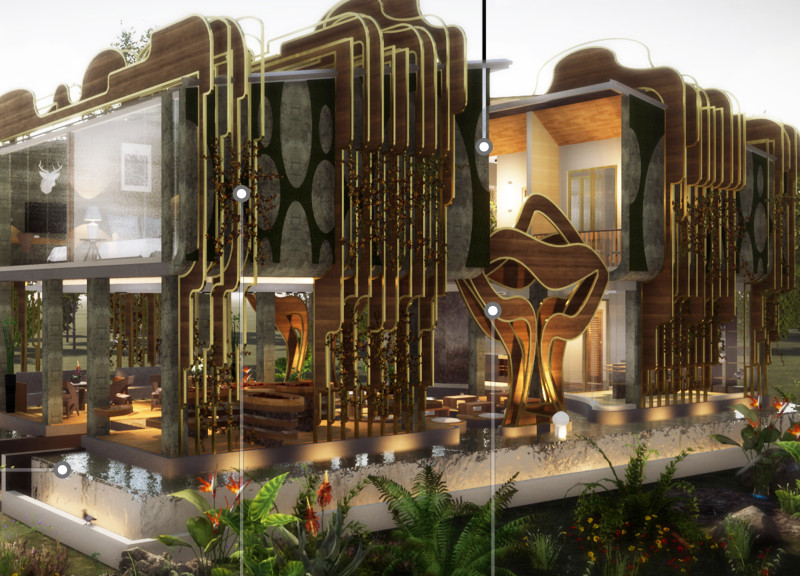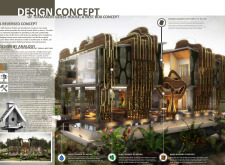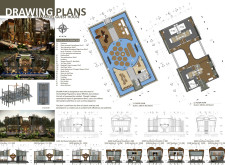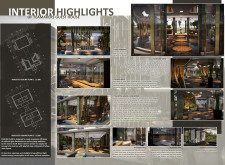5 key facts about this project
The Teamakers Guest House is a well-conceived architectural project that embodies a harmonious balance between natural integration and modern functionality. The design reflects an ecological consciousness by utilizing sustainable materials and innovative construction methods. Located in a landscape that promotes connection to nature, this guest house serves multiple functions, including accommodation for visitors and a venue for cultural activities related to tea production.
The architectural composition is characterized by its "Nest Box" concept, which draws from historical shelter designs while adapting to contemporary needs. The structure emphasizes an open layout, allowing for a seamless flow between indoor communal areas and outdoor spaces. This approach not only enhances user experience but also enriches the relationship between occupants and their natural surroundings.
The material palette consists of wood, exposed concrete, double glass, and aluminum, each playing a critical role in both aesthetic appeal and functional performance. Wood imparts warmth and a tactile quality to spaces, while exposed concrete contributes structural integrity and a modern texture. Double-glazed glass units help regulate thermal comfort and enhance natural lighting, crucial for maintaining a welcoming environment. Aluminum serves multiple purposes, including structural support and sun-shading, bolstering durability against the elements.
This project distinguishes itself through several unique design approaches. The nesting form and organic shapes create a visual dialogue with the surrounding environment, departing from conventional architectural styles. Furthermore, the roofing system is designed for thermal efficiency, promoting sustainability through passive climate control strategies. The integration of vertical gardens and water features enhances ecological benefits and improves the quality of air and overall ambiance within the space.
The guest house's functionality extends beyond traditional lodging. It includes designated areas for workshops and interactive experiences, allowing visitors to engage with local tea culture. This aspect adds an educational dimension to the project, fostering a sense of community and awareness among guests.
The architectural plans reveal a thorough understanding of spatial organization, with a clear demarcation between communal and private spaces. Ground-level areas prioritize social interaction, while upper-level accommodations maintain privacy yet remain accessible to shared facilities. The overall arrangement facilitates various uses, from workshops to relaxation, within a cohesive architectural framework.
For a more in-depth exploration of this unique architectural design, including architectural plans, sections, and various design ideas, readers are encouraged to review the presentation of the Teamakers Guest House. Engaging with these elements can provide a comprehensive understanding of how architecture can integrate sustainable practices with functional living spaces.





















































